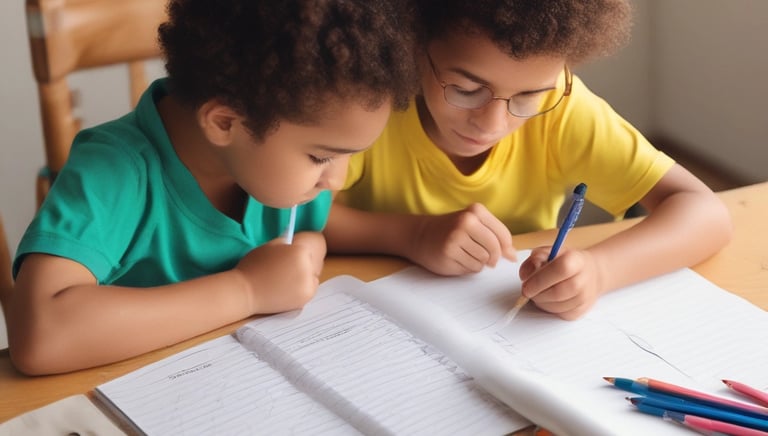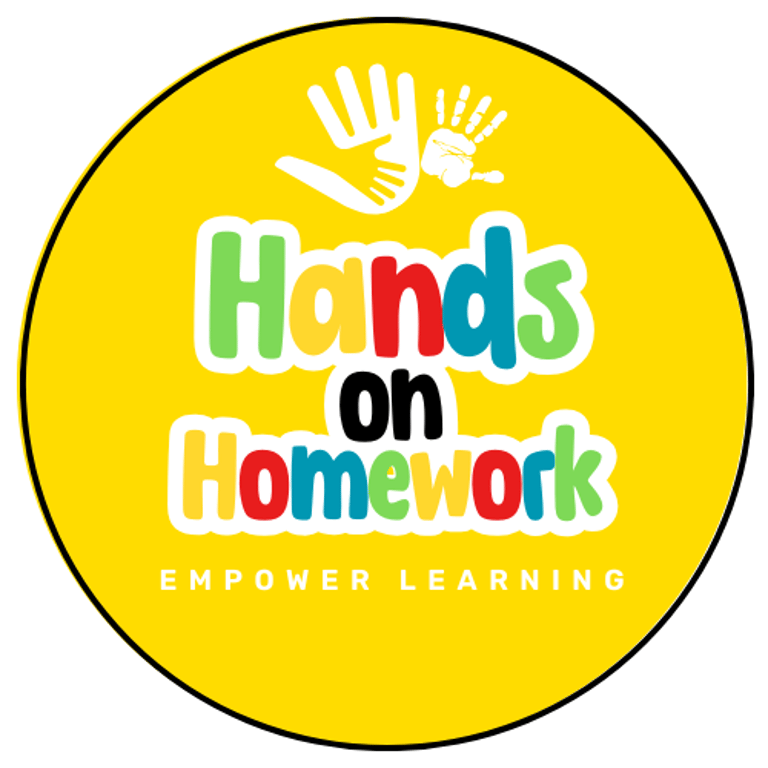Letter Formation Foundation
Why Learn Letter Formation?
FOUNDATIONAL SKILLS
12/15/20242 min read


Ready to Write
Learning to form letters is an essential part of early literacy development. For young children, mastering letter formation involves a combination of fine motor skills, cognitive abilities, and visual processing. Here are the key foundational skills that support learning letter formation:
1. Exposure to Writing Tools
Introducing different writing tools like crayons, markers, pencils, and chalk helps children become comfortable with the process of writing and developing grip strength. It also allows them to experiment with different textures and surfaces for writing.
2. Hand-Eye Coordination
Hand-eye coordination is the ability to use visual information to guide hand movements. Writing letters requires children to look at what they are drawing and move their hands accordingly. Kids can practice this skill through:
Tracing -following lines and shapes
Dot-to-dot activities
Drawing simple shapes -circles, squares, etc.
3. Visual Discrimination
Visual discrimination refers to the ability to recognize and differentiate shapes and letters. Children must be able to identify and distinguish between similar-looking letters (e.g., "b" and "d") or lines (curves vs. straight lines). Activities to support visual discrimination include:
Matching games -finding pairs of similar letters or shapes
Sorting objects based on size, shape, or color
4. Spatial Awareness
Spatial awareness helps children understand how letters fit within a certain space (like on a line of paper). Understanding where to start and how to space letters properly is an important part of legible handwriting. Activities for building spatial awareness include:
Drawing shapes and lines on paper
Working with grids or lined paper to practice positioning letters
Building with blocks (stacking or arranging shapes in space)
5. Memory and Sequencing
Learning to form letters also requires remembering the order in which strokes should be made. For example, "b" starts with a straight line, followed by a curve, while "d" starts with a straight line and then a different curve. Kids strengthen their memory and sequencing skills through:
Letter writing practice (following a step-by-step order)
Singing alphabet songs (to reinforce letter order)
Following patterns -tracing simple paths
6. Motor Planning
Motor planning is the ability to plan and execute the sequence of movements required to perform a task, such as writing a letter. It involves thinking ahead and organizing body movements. Strengthening motor planning can be done through:
Movement-based games -like Simon says or obstacle courses
Tracing paths and shapes -such as drawing zigzags or spirals
7. Recognizing Letter Shapes
Before they begin writing, children need to visually recognize letter shapes and understand how they differ. This helps them replicate the shapes accurately. Activities that focus on letter recognition include:
Alphabet puzzles (matching uppercase and lowercase letters)
Letter stamping or painting (using large letters to trace or fill in)
8. Fine Motor Skills
Strong fine motor skills are critical for controlling the hand and fingers when writing. Children need to be able to grip a pencil or crayon correctly and make controlled, purposeful movements. Activities like:
Playing with playdough (rolling, pinching, and shaping)
Using scissors (cutting along lines)
Drawing and coloring (especially within the lines)
help strengthen the small muscles in their hands, which is crucial for writing.
By focusing on these foundational skills—fine motor control, hand-eye coordination, visual discrimination, spatial awareness, memory, sequencing, motor planning, and letter recognition—children are better prepared to form letters correctly and develop strong handwriting skills as they grow.
